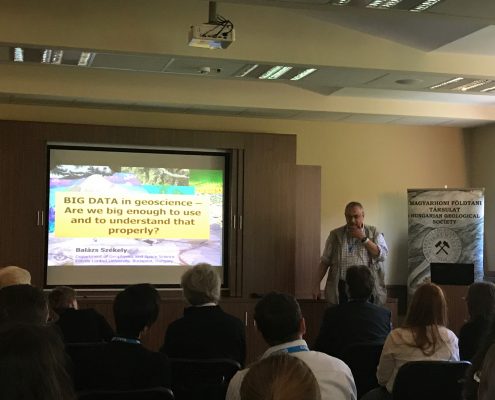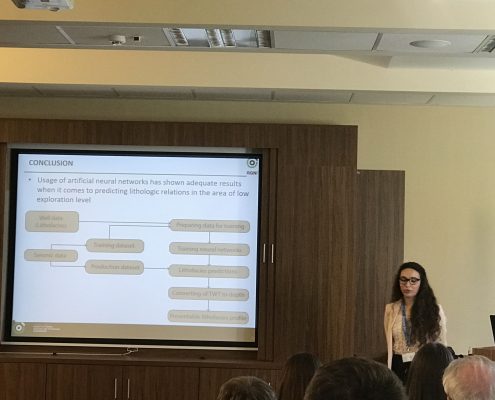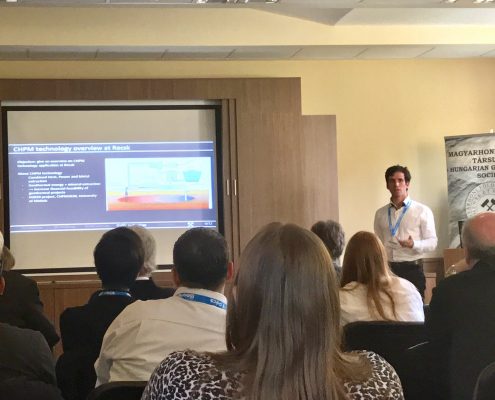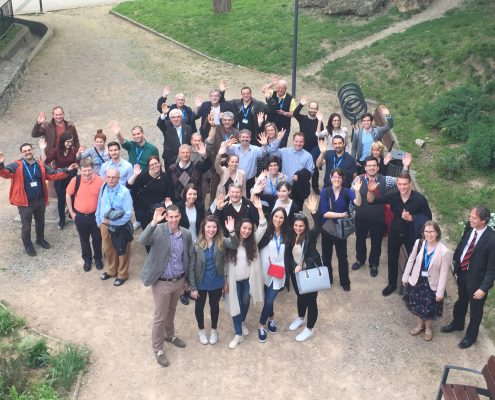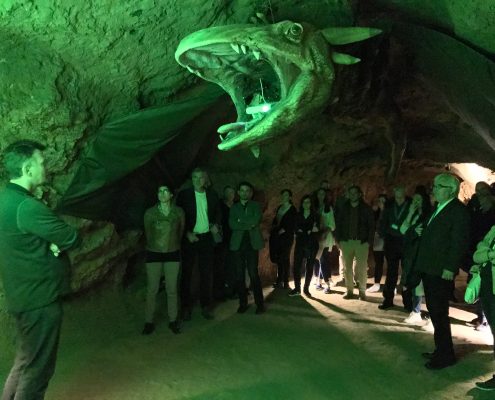La Palma Research Centre’s Tamás Miklovicz participated in the combined 20th Congress of Hungarian Geomathematicians and 9th Congress of Croatian and Hungarian Geomathematicians which were held on the 11th to 13th of May in Pécs, Hungary.
The three-day conference was comprised of 42 oral presentations, 9 poster presentations, and was attended by 75 geomathematics experts from 27 organisations from across the world. The theme of the congress was ‘Geomathematics in multidisciplinary science – The new frontier?’. The congress covered an array of combinations of mathematics and geosciences, including climate modelling, big data, mathematical aspects of reservoir modelling, geomathematics in water quality protection, data analysis in engineering geology, and more.
One of the highlights of the congress was the presentation from Viktor Feurer, who talked about the challenges for researchers in the third and fourth industrial revolutions. As the third revolution brought digital technologies into common use, the 4th industrial revolution is characterised by advancements in robotics, nanotechnologies, artificial intelligence, augmented reality, and machine deep-learning technologies. Another highlight was the presentation from Ana Brockovic, who talked about the application of artificial neural networks for lithofacies determination in absence of sufficient well-data. Tamás presented his research topic ‘The application of predictive 3D geological modelling and grade tonnage calculation at the Recsk porphyry Cu deposit’ and described the application of CHPM technology at this deposit. His work is available here.
The congress was useful to learn about the latest advancements in the field of applied mathematics in geosciences.

